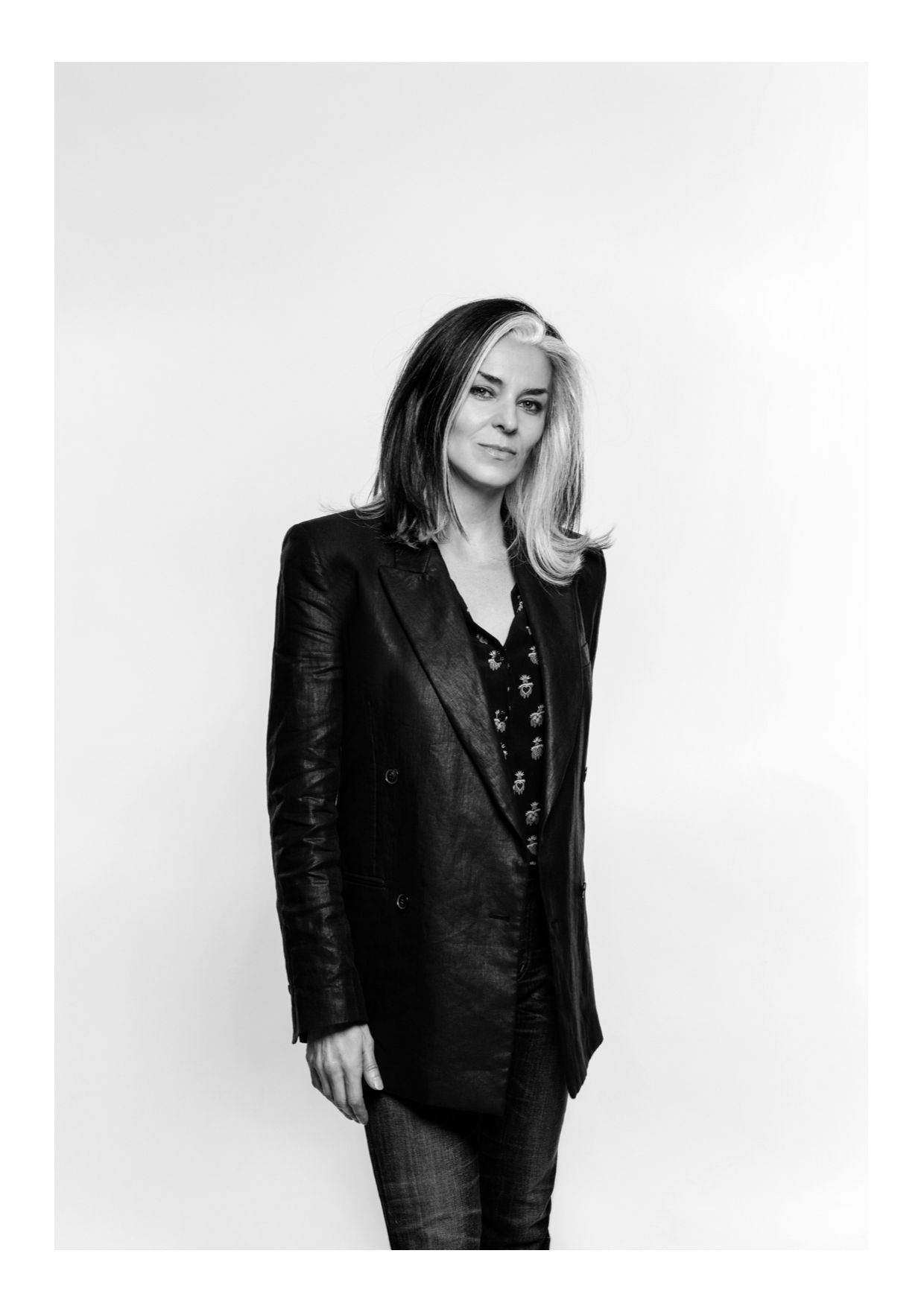
Catherine Hayward is Fashion Director of Esquire magazine and formerly worked at acclaimed style bible The Big Black Book. Her illustrious career in the fashion sphere has seen her at the forefront of the 21st century menswear revolution, championing the careers of young designers in her twin roles on the British Fashion Council’s menswear committee and the New Gen Men panel for menswear. Here, the inimitable style maven discusses the unique challenges facing the luxury publishing industry in a digital world, and tells Collective Culture why it’s important to always fight the creative corner under corporate pressure.
Can you pinpoint anything in your childhood that turned you onto fashion?
There was no one in my family directly involved in fashion, but my grandmother on my dad's side was a dressmaker. I was brought up with her knitting jumpers and cardigans all the time–I suppose she was a very early influence. My dad was into clothes too, actually. I remember him being a real shoe polisher (laughs). Becoming obsessed with all the old MGM movies from a young age was also significant. I developed a huge crush on Cary Grant, and Gene Kelly, who, when you look at it now, was quite camp. I think I’ve always been attracted to the sort of semantics of menswear and its signals–there is a kind of uniformity and codification, and it’s interesting to have those parameters to play with. Also, when I was at college everyone was doing womenswear, so the queues for all the machinery to make garments would be really long. I soon realised that if I did menswear, I could just get straight onto the machines, so, in a way, it was also practical.

What are the biggest challenges you face creatively as a fashion director?
If you're shooting with a celebrity, you have to really strike a balance, because they are obviously doing it to promote something, but it needs to work as a piece of fashion as well. It tends to be easier with actors because they are used to playing a part, but you can struggle shooting musicians, because they're often the ones who will say, ‘I just wouldn't wear that.’ But you want to put them into something slightly different otherwise it becomes a pointless fashion exercise. Then, of course, it's a business as well–so, there are always a lot of boxes to tick. I think overall fashion and styling has lost some spontaneity, because it's so thought about and curated now. It's become corporatised, to some degree, and all too often, it's about the projected image and not really about enhancing or capturing personality anymore. You have to be very diplomatic on-set so that the creative angle is not pushed out.
How do you feel about social media and the way it has changed style culture and the publishing industry?
I think it can be quite inspirational to a certain extent because you have access to the world, and it’s a brilliant medium for getting stuff out there, but I find the avalanche of imagery quite exhausting. It can be scary when you realise how many hours you have been on your phone. You can go down some fascinating rabbit holes and find some really amazing things, but, in general, I try and not have that much screen time. What is interesting is that there is a reaction to digital emerging at the moment. In our September issue we have Mark Lebon shooting Kim Jones’s Judy Blame collection for Dior, and, interestingly, they said to us that they wanted a print-only exclusive for the images. I'm sure once they come out they’ll cherry pick some for digital, but as a launch they have said they want print because it's slower and more considered. I think that is going to be the key going forwards in terms of advertising revenue–you can still hold things back in print and tantalize people.

Where do you stand on the issue of sustainability in fashion?
There has been loads of lip service towards sustainability in fashion. It can be ridiculous when you’ve got these juggernaut brands on a shoot and among all the clothes you’ll find one ‘sustainable’ rail. That doesn't work for me. You've got to do the whole thing sustainable, otherwise you're not sustainable. I think the situation with the lockdown has shown that we can’t be producing ridiculous amounts of clothes that nobody needs any more. I felt that was coming anyway, but slowing down has really shown that. The fashion industry is well placed to take on sustainability but the question has to be how mindful can, and should, the industry become? On a personal level, we can buy less, buy better and learn how to mend things. We don't need six collections a year–we can cope with two. We’ve got so much history in this country that this relentless newness thing almost doesn't suit us anyway. You know, we love antiques precisely because of their age and their imperfections–they feel lived in. It's like someone with wrinkles on their face–they've got laughter lines, and that’s beautiful because there's a story, and a history, behind them.
Credits (Top to Bottom): Black & White Portrait by Jonathan Daniel Pryce; Josh O’Connor by Simon Emmett for Esquire UK, styled by Catherine Hayward